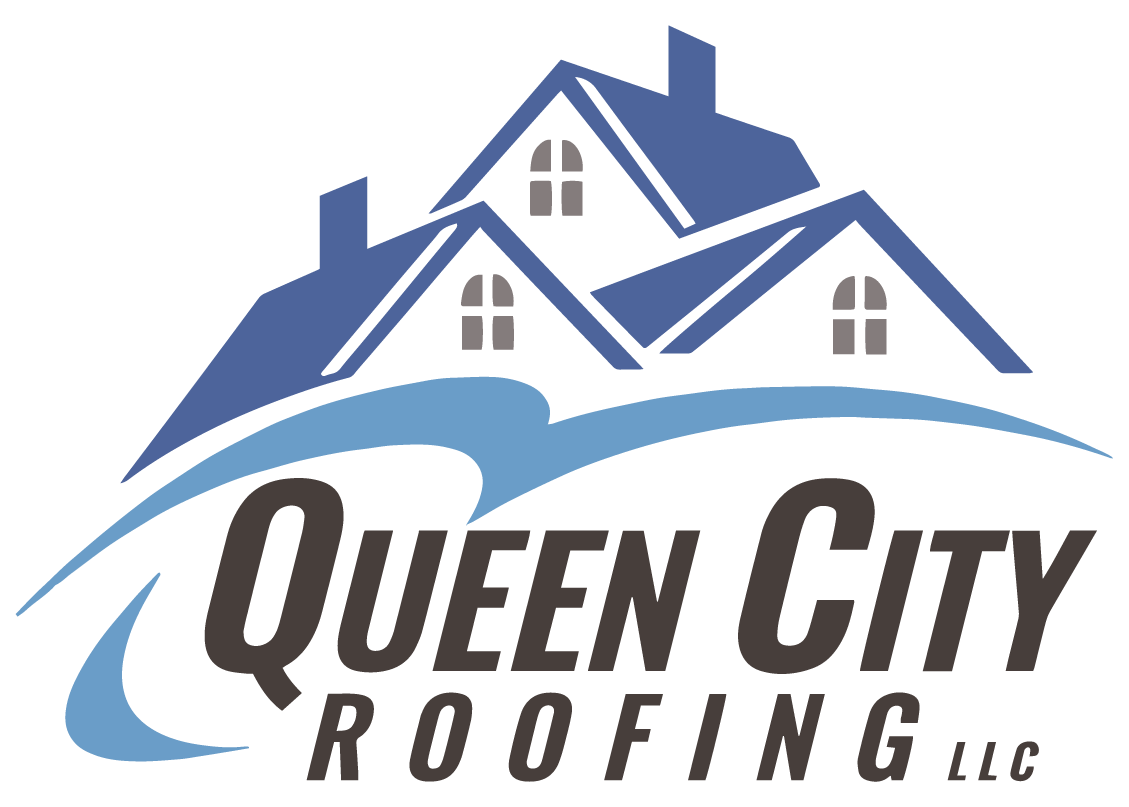
Answers to Our Most Common Questions
You may need to replace your roof if you observe any of the following issues:
-
Attic Leaks After Heavy Rain
-
Stains on Interior Walls or Ceilings
-
Missing Shingles
-
Curling or Buckling Shingles
-
Black Splotches (Granule Loss)
-
Extensive Moss or Algae Growth

Missing shingles

Curling shingles

Black splotches
-
You have two options: Tearing off your existing roofing system and replacing it with a new one or going over your existing system with a new one (re-roofing). Note: If you already had one re-roof (second layer), you cannot go over it again.
It depends on many factors, including square footage, roof pitch, accessibility, type of roofing material needed, whether it’s a one-story or two-story home, removal of the old roof (if necessary), cost of a roof permit, and required labor. To get an accurate estimate, contact our friendly team.
Yes. If your chimney requires any maintenance or repair, it should be done before a new roof is installed. A mason should ensure all chimney flashing and chimney repairs are properly completed.
Gutters should be cleaned at least twice a year: once in the spring and once in the fall. If you have a lot of trees around your home, you may need to clean them three to four times a year.
Ice dams occur when snow or ice on the roof melts and flows to the bottom of the roof. It then refreezes and causes the water behind it to build up. This water will often find its way into your home underneath shingles and in tiny cracks, which can lead to extensive interior water damage. You should be concerned about ice dams if you have a roof in a colder climate with a low pitch or have an older, poorly insulated home. If you have a problem, call us for a free, no-obligation estimate to discuss the benefits of added ice and water protection.
We install most roofing systems in one day. However, larger homes and those needing additional repairs related to wood rot or plywood delamination may take up to two days.
